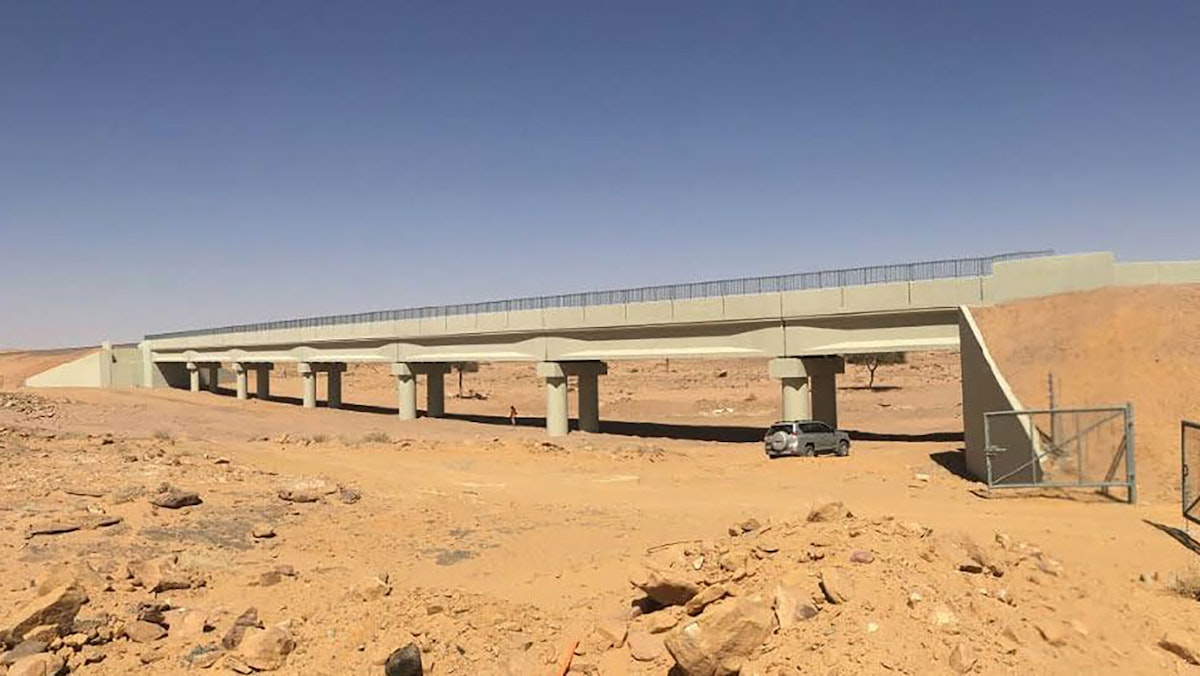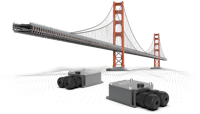Table of contents
Browse categories
Browse authors
 AB
ABAlberto Boffi
 AL
ALAlessia Longo
 AH
AHAl Hoge
 AB
ABAljaž Blažun
 BJ
BJBernard Jerman
 BČ
BČBojan Čontala
 CF
CFCarsten Frederiksen
 CS
CSCarsten Stjernfelt
 DC
DCDaniel Colmenares
 DF
DFDino Florjančič
 EB
EBEmanuele Burgognoni
 EK
EKEva Kalšek
 FB
FBFranck Beranger
 GR
GRGabriele Ribichini
Glacier Chen
 GS
GSGrant Maloy Smith
 HB
HBHelmut Behmüller
 IB
IBIza Burnik
 JO
JOJaka Ogorevc
 JR
JRJake Rosenthal
 JS
JSJernej Sirk
 JM
JMJohn Miller
 KM
KMKarla Yera Morales
 KD
KDKayla Day
 KS
KSKonrad Schweiger
Leslie Wang
 LS
LSLoïc Siret
 LJ
LJLuka Jerman
 MB
MBMarco Behmer
 MR
MRMarco Ribichini
 ML
MLMatic Lebar
 MS
MSMatjaž Strniša
 ME
MEMatthew Engquist
 ME
MEMichael Elmerick
 NP
NPNicolas Phan
 OM
OMOwen Maginity
 PF
PFPatrick Fu
 PR
PRPrimož Rome
 RM
RMRok Mesar
 RS
RSRupert Schwarz
 SA
SASamuele Ardizio
 SK
SKSimon Kodrič
 SG
SGSøren Linnet Gjelstrup
 TH
THThorsten Hartleb
 TV
TVTirin Varghese
 UK
UKUrban Kuhar
Valentino Pagliara
 VS
VSVid Selič
 WK
WKWill Kooiker
Structural Health Monitoring of the Railway Viaduct

A railroad bridge in Saudi Arabia was observed for around 80 hours to evaluate its structural health - the monitoring system was based on Dewesoft integrated sensing devices. The prime objective was to acquire measurements before, during, and after the crossing of trains on the bridge. The obtained specifically quantified outputs allowed diagnostics to ensure that the bridge maintains its solid structural integrity while in use.

Structural health monitoring is a tool to ensure the integrity and safety of an engineering structure - detecting the evolution of damage and estimating performance deterioration. Sampled response measurements provide insights into changes to the materials and geometric properties and allow an analysis of the structure over time. The ongoing process of monitoring the mechanical state of structures provides useful maintenance input and can ultimately prevent disasters.
In this case, the monitoring was carried out by ACTS, Advanced Construction Technology, Services on behalf of a customer. ACTS provides construction consultancy services specializing in the materials and geoengineering fields. ACTS currently operates throughout the Middle East, Africa, and Southeast Asia, headquartered in Beirut, Lebanon, and with three local offices in Saudi Arabia.
The Arabian desert is crisscrossed by rivers that are not really there - so-called wadis, dry water-formed ravines that only fill up with water during the rainy season. The Urayja Viaduct - also named OW8 (Over Wadi No. 8 Bridge) - is one of more such bridges crossing wadis found across the Kingdom of Saudi Arabia. It is located within the central Saudi Arabian desert in the region of Ḩāʼil near the small town Urayja - some 565 km or 351 miles North-West of the capital city, Riyadh.
OW8 comprises seven spans of four post-tensioned reinforced concrete girders capped with a reinforced concrete deck and parapet walls. Each span is 20 m long, there are six piers and two abutments. Bearings are bed stones/ plinths with anchor bars. The circular plates on the girder and bed stone are suspected to be of an elastomeric material but the details on the as-built drawings are not clear.
The bridge was constructed in 2013, and the as-built drawings are dated January 2014. The section scrutinized for this study was the span between pier 4 (PRT 4) and pier 5 (PRT 5) where the sensors were placed on the soffit and the web of the girders.
The deck comprises a reinforced concrete slab with a walkway and there are two parapet walls cast into the deck along with a ballast retaining wall.
Measurement setup
To monitor the structure for the prescribed response metrics, a state-of-the-art monitoring system was installed. It included:
An IP67 cabinet
Industrial PC computer
24 V power supply - to power the industrial PC
Three IOLITE power injectors - IOLITE-Power-Injector
The data acquisition system was composed of the following sensors:
Six 3-axial Accelerometers - IOLITEi-3xMEMS-ACC
Six 2-axial Tiltmeters - IOLITEi-3xMEMS-ACC-INC
Eight Bolt-on Strain Gauges - IOLITEi-1xSTG
EtherCAT protocol allows the IOLITE devices to be easily distributed across large structures. Devices can span 50m node-to-node with only one cable running between them for signal, power, and synchronization.
Devices are daisy-chained with a standard Ethernet network cable. It is recommended that the cable is shielded (SFTP, CAT5e) and has a minimum of 24 AWG wire thickness. The cable must have 4 wire pairs. The maximum distance node-to-node is 50 m.
A passive PoE (power over ethernet) power injector is necessary for merging the EtherCAT signal and power into a single cable.
Accelerometers
IOLITE-3xMEMS-ACC is an integrated sensing device. Acceleration is measured by a triaxial MEMS accelerometer inside the device that is tightly attached to the mechanical chassis. Analog to digital conversion is done inside the device, eliminating any noise picked up in analog cabling. A microprocessor inside the device transmits the acceleration samples over the EtherCAT protocol.
ow levels of vibration need to be measured which requires an accelerometer with extremely low noise. Even though low frequency is of interest, it must be possible to detect even small changes in the frequency of vibration.
Tiltmeters
IOLITE-3xMEMS-ACC-INC works as a two-axial inclinometer to measure the roll and pitch angles - about its X and Y axes - with the Z-axis positioned vertically. Tilt in two axes is measured by a 2-axis MEMS tilt sensor inside the device that is tightly attached to the mechanical chassis.
Analog to digital conversion is done inside the device, eliminating any noise picked up in analog cabling. A microprocessor inside the device transmits the angular data samples over the EtherCAT protocol.
Strain gauge sensors
The SNS-STG is a bolt-on strain gauge sensor. It includes a strain gauge sensor integrated into a housing that is ready to be bolted on the structure. The rated output from the sensor is 1.5 mV/V for 1000 micro-strain.
The sensor is connected to the IOLITE data acquisition device named IOLITE-1xSTG transforming analog data into digital and communication of the data over the EtherCAT protocol.
Data logging
All the monitoring devices were daisy-chained with a single CAT6 cable. This single cable delivers power, data, and synchronization to the DAQ devices. The data is delivered to an embedded data logging PC running DewesoftX data acquisition software. The software can present live recordings, store the data based on triggers and analyze the data files.
Advanced engineering methods can be implemented inside DewesoftX software with low set-up effort and no special programming skills. These include:
The same is true for storing the data to a database, exporting to 3rd party software format, or sending the data using standard protocols such as OPC UA.
Data acquisition software
The scope of monitoring software is to:
acquire signals from all sensors,
perform a real-time visualization,
to alarm on abnormal stages,
data storing, and
convert/store the data into a database server for further processing.
The graphs below are showing the responses over 1 minute and 29 seconds during the crossing of train #400120. The train passing the bridge is a phosphate carrier cargo train with 4 locomotives and a total of 124 wagons traveling in the downward direction at 100 km/h.
Conclusion
The selection of sensors, data acquisition devices, and system integration was completely done by Dewesoft. The company also tested the system before shipping it and built a user interface as well as set reports according to our client requirements. This saved us a lot of engineering time.
Mohamed from ACTS
The IOLITE is a tailor-made data acquisition device for structural health monitoring solutions with an ideal price-performance ratio for permanent condition monitoring on structures such as bridges.
Even though the system requires cabling, the RJ45 connectors enabled us to do the work very fast since it offers a possibility of on-site crimping. The CAT6 cables are also very inexpensive and can be easily purchased in any local store.
Mohamed concludes.
Learn more:
